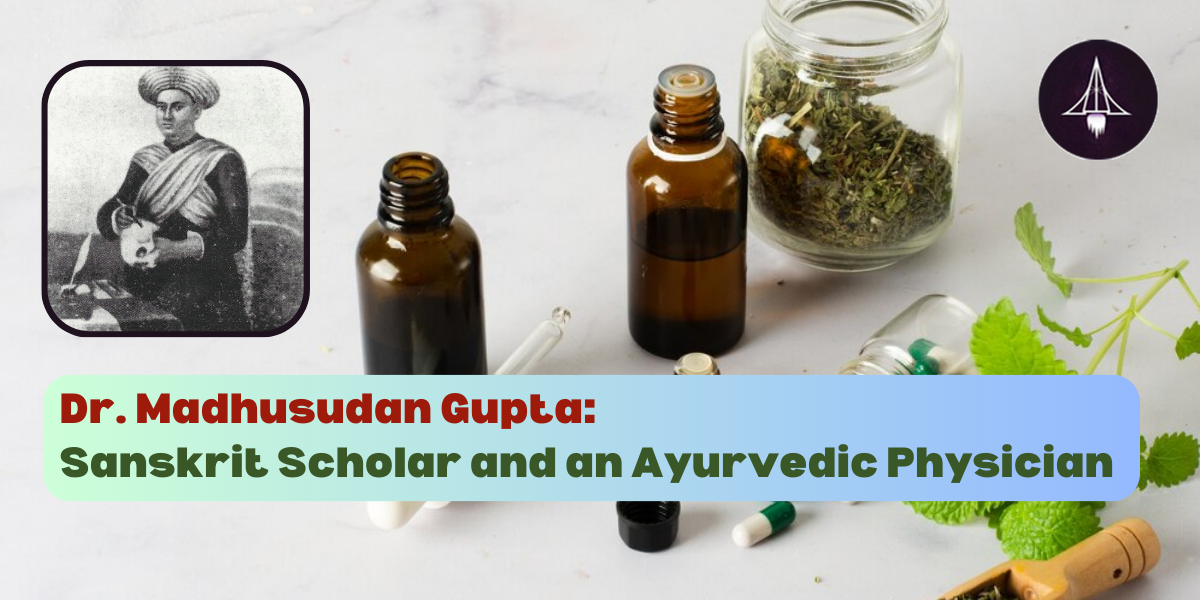Did you know that almost 200 years ago, this Indian performed India’s first human dissection, but his name is mostly missed in the annals of historical records? This story is about Dr Madhusudan Gupta, who changed the way medicine was looked at in India.
His family were traditional Ayurvedic practitioners, with his grandfather even being the Nawab's family doctor. Dr Madhusudan Gupta began his career as a Sanskrit scholar and Ayurvedic practitioner.
While teaching at the Sanskrit College, he attended lectures by British doctors to learn about anatomy and medicine. He also spent time translating English texts into simpler language for people to understand.
In the 18th century, England was behind in understanding the human body compared to France and Germany. Seeing the need for trained doctors in India, the government set up the Native Medical Institution (NMI) in Calcutta in 1822.
This decision was crucial for Dr Madhusudan Gupta, who focused on translating and connecting Ayurveda with Western medicine, especially as India's medical education evolved.
For Hindus, touching a dead body was usually a no-no. So, dissecting bodies to learn about human anatomy was pretty much just a dream.
Then in 1836, Dr Madhusudan Gupta did something really new – he dissected a dead body to learn more about it. A crowd gathered outside the hospital to protest and the administration even had to lock the gates and stand guard.
Dr Madhusudan Gupta went the extra mile to get approval for the dissection. He gathered support and referred to traditional Ayurvedic literature to make his case. Before the big day, he spent six months preparing for the procedure, and the whole thing happened secretly behind closed college gates.
When the time came, Dr Madhusudan Gupta, with a scalpel in hand, made a long and deep cut in the chest. Those watching took a big breath, like when you finally know the answer to something you've been wondering about for a long time.
It had significant social impacts as Indian practitioners started to follow Western medicine and its neutral and clinical way of doing things. This made Calcutta as important as London because CMC became the first college in Asia recognized by UCL.
Dr Madhusudan Gupta's medical prowess did not stop at changing the way India studied human anatomy. He also conducted extensive studies on puberty and high neonatal and maternal mortality in Indian women, fought vaccine hesitancy concerning smallpox, and advocated for proper drainage and ventilation to reduce diseases.
Share this story and follow SciAstra for your daily dose of inspiration and share this to help us in our mission to build scientists of tomorrow!
Also check this out:-
Ravish Malhotra: The First Indian in Space
Dr. Raja Ramanna: The Nuclear Physicist
Jaykumar Vaidya: The Indian Scientist

Leave a comment